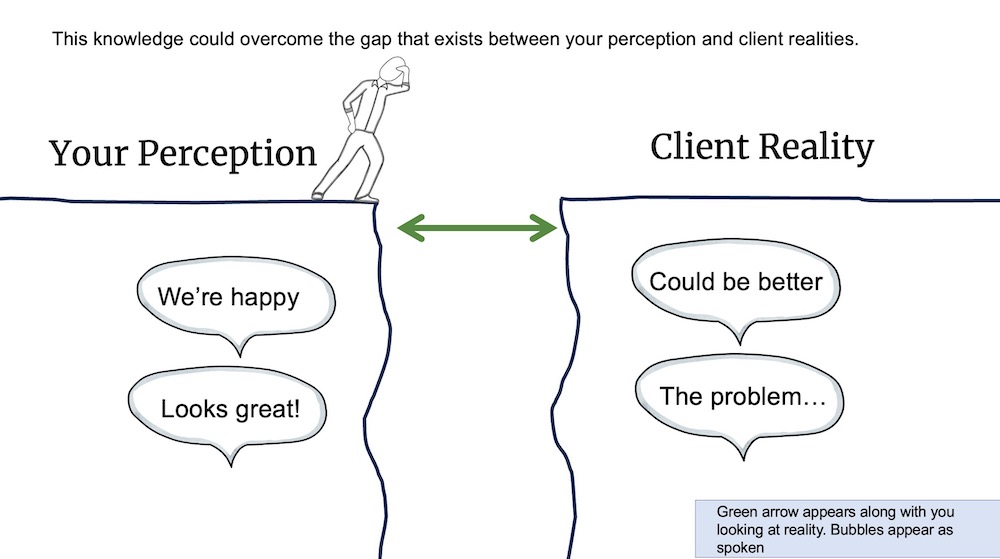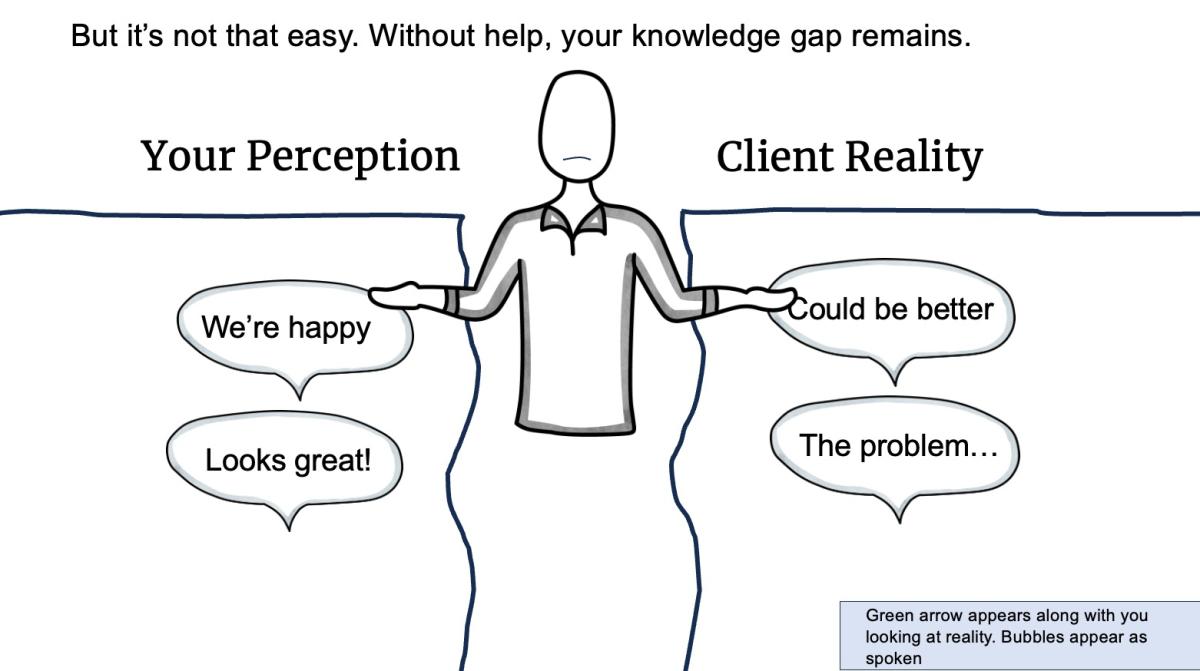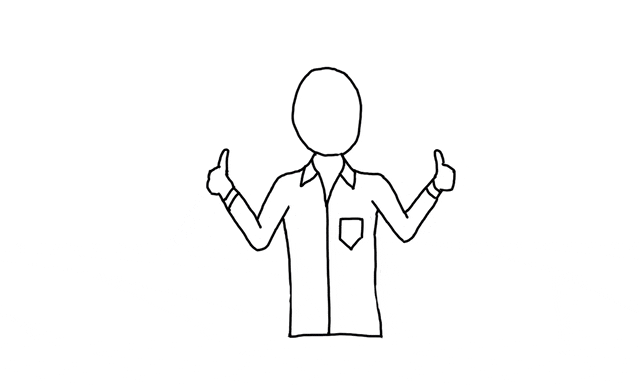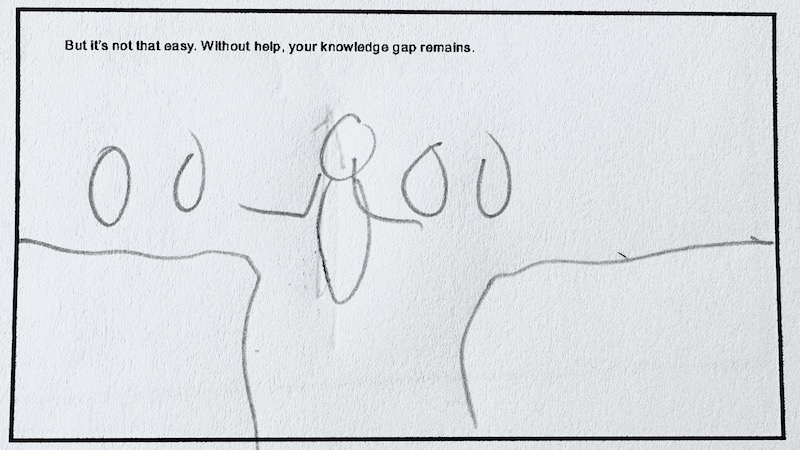This post was published in the Common Craft Newsletter. Subscribe here
When we started making animated videos in 2007, we worked with big companies like Google, Intel, and Microsoft, to explain their products along with HR policies, compensation, etc. Over time, we changed our focus to creating videos that educators license from our library.
Today, we're back in the custom video saddle and it feels good. We're helping organizations large and small create animated videos (with narration) that creatively explain a new or complicated idea, product, or service. Let's take a look inside.
Gap Management
I'd like to introduce, Francis Waller, the owner of Gap Management. The service his company provides is difficult to explain efficiently and he contacted Common Craft to help.
Francis is solving a familiar problem. He can explain Gap's services in a discussion but has found it difficult to make the value clear on his website. The Common Craft video will be part of his home page and provide a way for prospective clients to understand what Gap does and why it matters.
Script and Storyboard
We worked through multiple versions of the script and storyboard to arrive at a solid creative direction. The video starts by describing the pain that small business owners feel: they don't have access to their customer's honest perceptions. It then explains how Gap solves that problem and ends with a success story from a Gap customer.
Here's a scene from the storyboard:

For custom videos, we create new cut-outs for most of the characters and objects in the video. Once the video is complete, these visuals are sent to the client so they can use them in presentations, documents, etc.
The Cut-outs
I do the creative work at Common Craft and draw all the cut-outs. They begin life as very rough sketches on a thumbnail storyboard. This is where the visual ideas for each scene come together.
Then I create a digital storyboard with basic drawings and some of our stock images as placeholders.

Once the storyboard is approved, I create new custom visuals for the video that match in color and style. These are hand-drawn on a Cintiq tablet and are a little messy. Here are the hand-drawn visuals I've created for the Gap video so far.

These hand-drawn images are then vectorized, which means converting them to a digital image that is very clean and colorful. Once the visuals are completed, we can begin work animating the video.

I'll share the video and more about our process in future newsletters.
Learn more about our custom video work.
